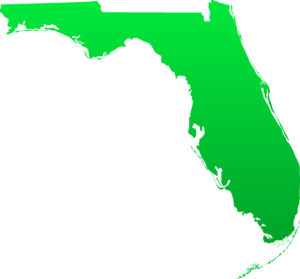(a) Notice. Proceedings for removal of a guardian may be instituted by a court, by any surety or other interested person, or by the ward, and formal notice of the petition for removal of a guardian must be served on all guardians, other interested persons, next of kin, and the ward. The pleading must state with particularity the reasons why the guardian should be removed.
(b) Accounting. A removed guardian must file with the court an accounting for the guardianship within 20 days after the guardian’s removal. A copy of the accounting must be served on the successor guardian and the ward, unless the ward is a minor or has been determined to be totally incapacitated.
(c) Transfer of Property and Records. The removed guardian (or the guardian’s heirs, personal representative, or surety) must turn over all the property of the ward in the removed guardian’s control and all guardianship records to the duly qualified successor. The successor guardian must, or the ward may, demand of the removed guardian (or the guardian’s heirs, personal representative, or surety) all of those items.
(d) Failure to Comply. If a removed guardian fails to file a true, complete, and final accounting for the guardianship or to turn over to the successor all property of the ward in the removed guardian’s control and all guardianship records, the court must issue a show-cause order.
(e) Guardian Advocates. Subdivisions (b) through (d) of this rule must apply to guardian advocates only to the extent that the guardian advocate was granted authority over the property of the person with a developmental disability.

